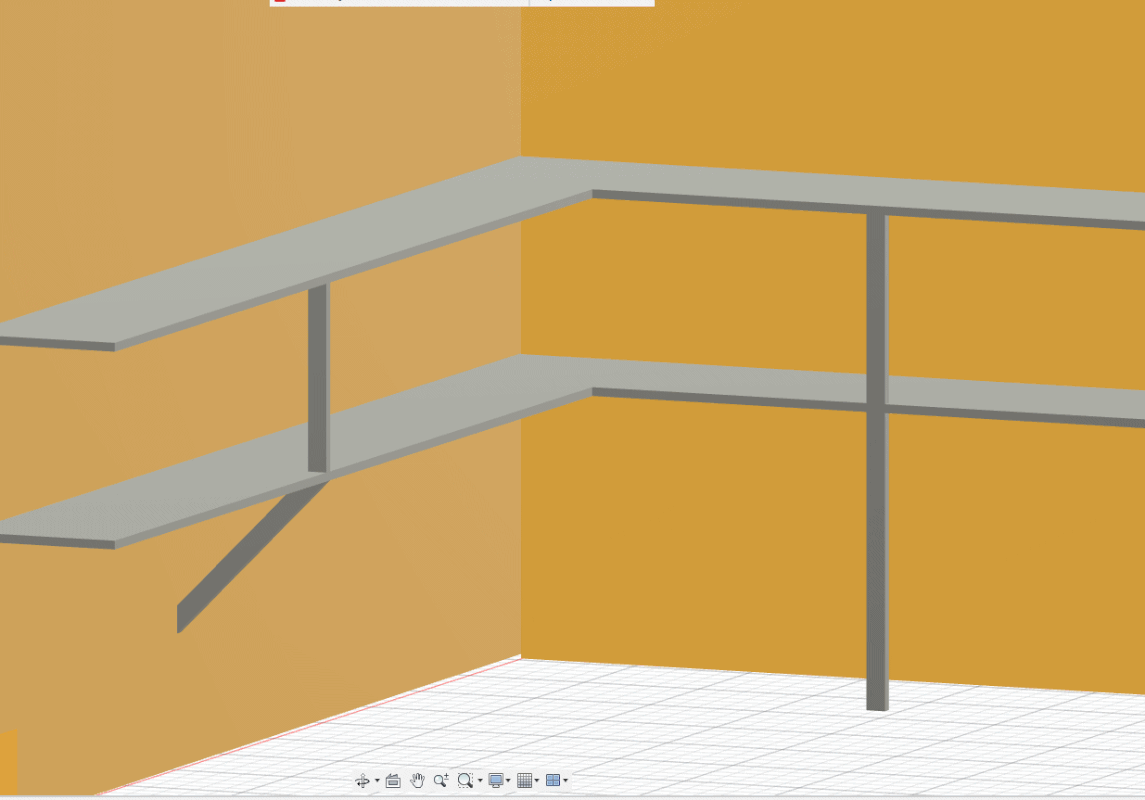Looking to build in shelving to a new shed arriving next week (10x6). Wanting to keep it simple and cheap. Looking to take 2 shelves all the way round the 2 sides and back.
Want to use London brackets (cheap, readily available and quick) and some type of sheet material ripped down to size.
I have 2 sheets of OSB 18mm (in storage for another project - but this has got pushed back because of material costs) that I could use, but I'm a little worried about the weight - ideally I would have aimed for something closer to 9-12mm plus a baton on the front to help with bowing.
I can buy a thinner sheet if necessary (may need more than 1) but if I can get away with the 18mm I have it would save me money. Timber is so expensive today.
I have never used London brackets before so I am unsure of what weight they could support. Shelf width around 10-12 inches and I will put a bracket up on most if not all of the uprights. The shelves will not be holding very heavy items - maybe smaller tins of paints, cans, hand tools etc etc. Heavier items such as power tools, tool boxes etc will be at ground level.
So - use what I have? or buy a thinner sheet and baton it at the front.
Want to use London brackets (cheap, readily available and quick) and some type of sheet material ripped down to size.
I have 2 sheets of OSB 18mm (in storage for another project - but this has got pushed back because of material costs) that I could use, but I'm a little worried about the weight - ideally I would have aimed for something closer to 9-12mm plus a baton on the front to help with bowing.
I can buy a thinner sheet if necessary (may need more than 1) but if I can get away with the 18mm I have it would save me money. Timber is so expensive today.
I have never used London brackets before so I am unsure of what weight they could support. Shelf width around 10-12 inches and I will put a bracket up on most if not all of the uprights. The shelves will not be holding very heavy items - maybe smaller tins of paints, cans, hand tools etc etc. Heavier items such as power tools, tool boxes etc will be at ground level.
So - use what I have? or buy a thinner sheet and baton it at the front.


